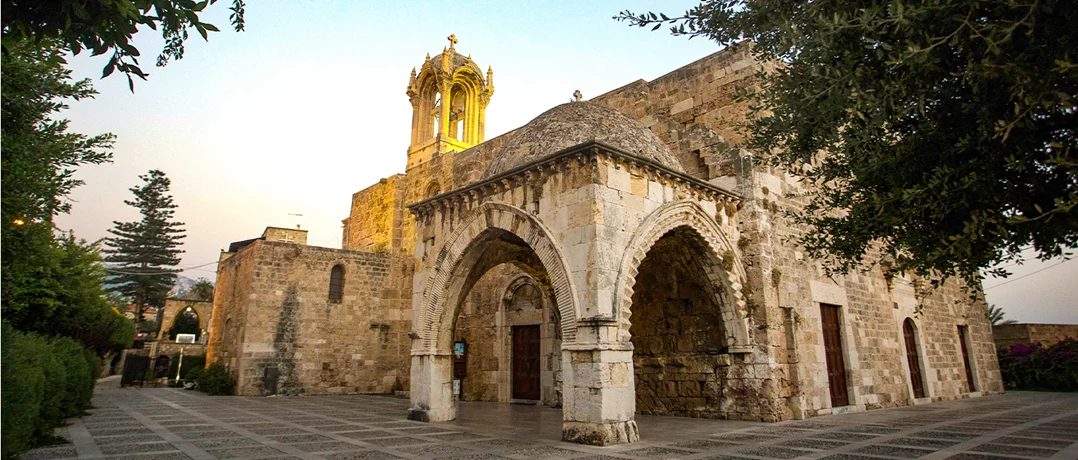“Hope from the Ruins” in Rome highlights Lebanon’s restored churches, celebrating faith, resilience, and community revival.
Lebanon’s churches rise again

In the halls of Rome’s Hungarian Academy, the newly opened exhibition Hope from the Ruins invites visitors on a visual and emotional journey through Lebanon’s ancient churches a story of survival, cooperation, and faith reborn from destruction.
A partnership rooted in faith and heritage
The exhibition documents 63 medieval churches across Lebanon that have been restored, preserved, or reconstructed since 2018 under the Hungary Helps program, in partnership with Pázmány Péter Catholic University (PPKE) and the Holy Spirit University of Kaslik (USEK).
Speaking at the opening ceremony, Tristan Azbej, Hungary’s State Secretary for the Aid of Persecuted Christians, described Lebanon as a “pillar of faith in the Middle East” and hiloghting Hungary’s commitment to protecting Christian heritage.
“Lebanon is held together by its past, its faith, and its traditions,” Azbej stated. “Our cooperation goes beyond restoration it is about helping Lebanese Christians believe in their future again.”
Rome as a symbolic first stop
The exhibition launches in Rome during the 2025 Jubilee Year of Hope and ahead of Pope Francis’s anticipated visit to Lebanon his first apostolic journey to the country.
Azbej noted that Rome was chosen deliberately as the exhibition’s first international venue, calling it “a bridge of hope between East and West.”
A nation bearing memory and resilience
Once known as the “Switzerland of the East,” Lebanon continues to struggle with economic collapse, political stagnation, and the lingering trauma of the Beirut Port explosion. Yet, through the restoration of these churches, the country’s cultural and spiritual identity finds pathways to renewal.
Beyond stone and walls: Rebuilding communities
Péter Kovács, CEO of Hungary Helps, stressed that the project’s impact extends far beyond conservation:
“Each restoration brings life back to an entire community socially, economically, and spiritually,” he explained.
In villages such as Asmar Jbeil, a once-declining parish is now home to one of Lebanon’s most sought-after wedding churches, reviving local identity, craftsmanship, and tourism.
Jobs have been created, families have chosen to remain, and communal life has regained its centre.
“Restoring a church,” Kovács said, “is also restoring hope.”
As Lebanon stands at a delicate turning point, Hope from the Ruins stands as a testament to how faith, culture, and international solidarity can rebuild not only structures but spirits.



